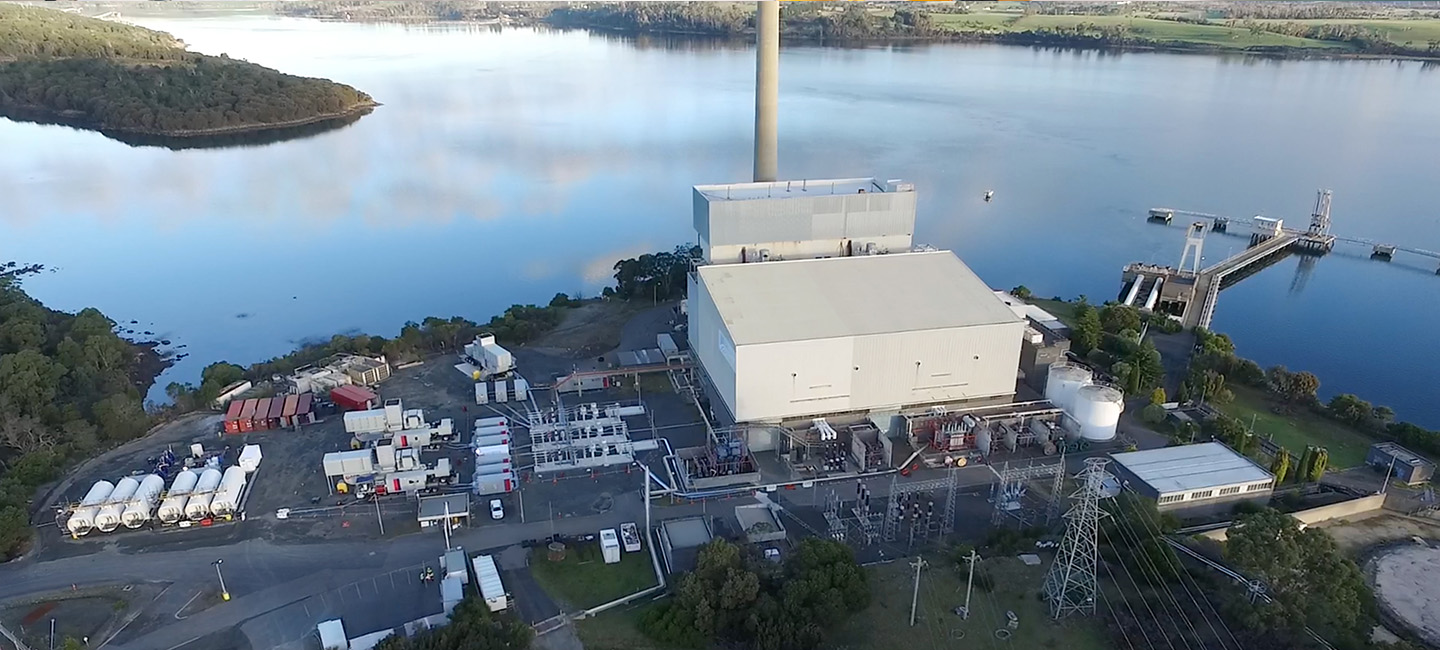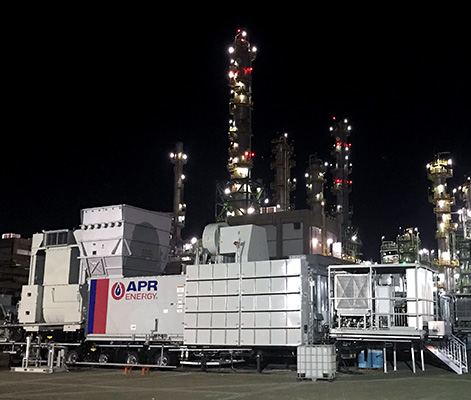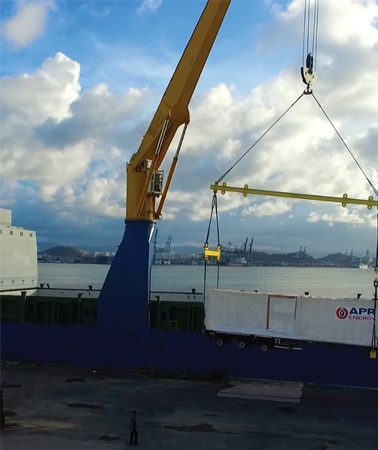
APR Environmental
APR’s position on environmental protection is rooted in its core value of protecting its employees and the communities in which it operates. Recognizing humankind’s direct and indirect health and economic dependence on the wellbeing of our planet and local ecosystems, APR strives to provide power generation solutions that leverage advanced technologies and meet stringent environmental requirements.
APR Environmental Overview
Like Seaspan and its fleet, APR does not directly control the emissions resulting from operating its power plants. APR’s customers control many of the factors that determine emissions levels and fuel efficiency of the power plants, including the type of fuel used and the operational profile of the generating units.
APR is dedicated to minimizing its environmental impact through its global business activities. Its aero-derivative turbines offer the most fuel-efficient technology available in the fast-track power market. APR’s equipment is controlled by modern electronic management systems that automatically increase flexibility and efficiency and comply with emission guidelines set forth by the World Bank.
At APR, care for the environment extends to operational practices and measures taken to protect its neighboring communities. Initiatives include the installation of fuel containment barriers as a safeguard, in the event of a storage tank leak or a fuel spill, proper disposal of oil and waste material, and recycling where practicable given local infrastructure challenges. Material recycling includes, but is not limited to metals, cardboard, wood, plastics, and organic waste.

In 2022, APR set out new goals related to the environment, including reducing 20% of new fleet capacity to be of lower emission technology over the next three years, in addition to reporting any spills released into the environment. APR also set a roadmap for implementing a new online Environment Health and Safety management system.

